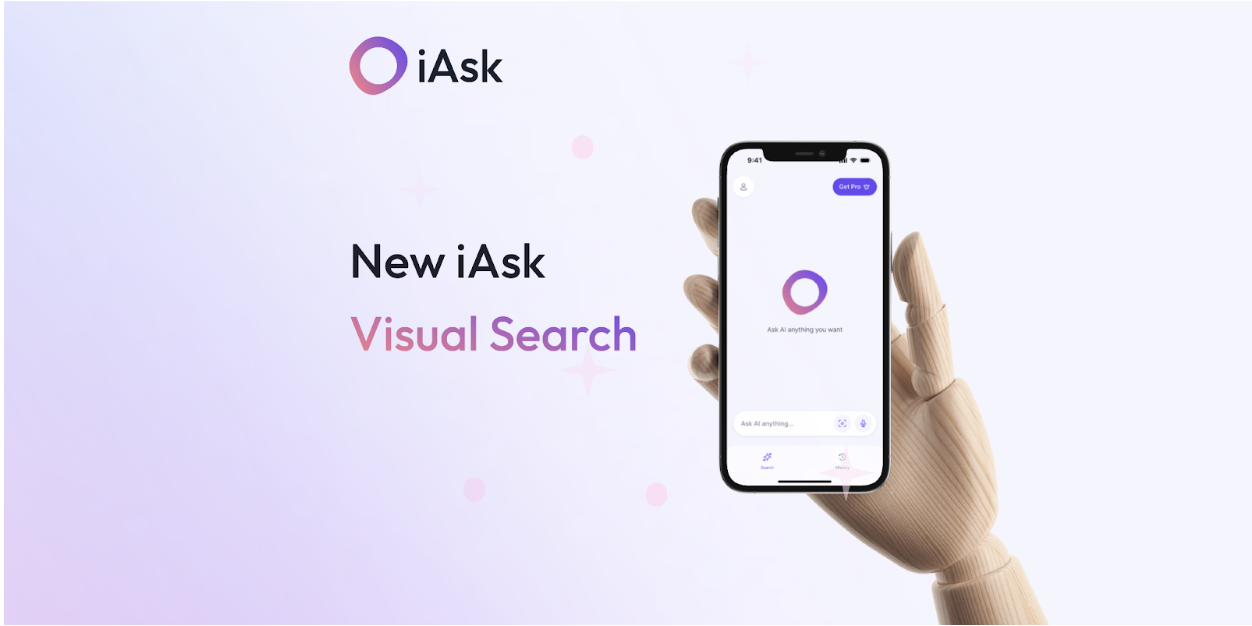Tech
4 Tips to Prevent Your Smartphone From Being Hacked

There was a time when smartphone hacking was a nuisance reserved for government officials and celebrities in the public eye. But over the past year, hackers have refined their collective approach and now anyone is game — including you and me. And if you aren’t cautious, you could end up becoming the next victim of smartphone-based cyber attack.
4 Tips to Protect Your Phone
Your smartphone is your single most important digital asset. It carries more information about you than any other device. It’s basically a DNA snapshot of who you are. And if you aren’t careful, hungry hackers could compromise your phone and run off with confidential information.
Want to prevent hackers from successfully stealing your private information? You’ll need to go on the offensive. Here are a few suggestions:
Become More Vigilant
Unfortunately, we are pretty familiar with terms like virus and incubation period these days. And as you know, you don’t always experience symptoms of a virus immediately after exposure. In fact, it often takes days. And this is true with cyber attacks and digital viruses, too.
“Malware and computer viruses also possess incubation periods,” Mission Secure points out. “And during this unprecedented time of working from home and within an escalating cyber threat environment, these measures underscore the importance of remaining cyber vigilant.”
If you want to stay protected, you need to prioritize cyber vigilance. This means understanding the signs that you’ve been compromised, so that you can begin addressing the problem as soon as possible. Possible symptoms include:
- You notice apps that are opening on their own.
- Your battery is draining at a much faster rate than normal.
- There are unusual charges on your phone bill.
- You notice apps on your homescreen that you haven’t personally installed.
Mobile phone attacks are constantly evolving, so the signs and symptoms of these attacks will continue to change. However, the more vigilant you are, the more prepared you’ll be to respond with a high level of efficiency.
Implement Basic Phone Security
While there are certainly some high-level ways to protect your phone from being compromised, it all begins with observing basic phone security tips such as these:
- Change your phone’s default passcode and avoid using predictable patterns (like directional patterns or all one number).
- Never leave your phone unattended.
- Implement biometric access options whenever possible. (Fingerprints are good, but facial recognition is better.)
- Implement secure settings when it comes to Bluetooth and WiFi. Avoid settings that would allow your device to automatically connect to networks or other devices without your permission.
- Never store credit card data or PIN information on your device.
Even if you do nothing else, following these tips will significantly lessen your chances of being compromised. Implement them into your daily routines and habits and you’ll be far ahead of your peers.
Be Careful With Installations
Apps are great, but they also serve as potential inroads for hackers who want to gain access to your device and the data stored on it.
“When you install a smartphone app, you may be asked to grant it various permissions, including the ability to read your files, access your camera or listen in to your microphone. There are legitimate uses for these capabilities, but they’re potentially open to abuse: think before you approve the request,” The Guardian explains.
This is especially important for Android users. Google’s vetting process for apps isn’t nearly as strict as Apple’s. (They also allow you to install apps from third-party sources, which Apple does not permit.)
Be Prepared to Track and Lock
The hope is that you’ll never have to deal with a hack of your smartphone. However, you need to operate under the assumption that you will. This means turning on all tracking and locking options and doing a “test run” so that you know what to do if you suspect your phone is compromised.
Keep Hackers at Arm’s Length
It’s no longer a question of if you’ll be targeted by hackers; it’s simply when. And when they do attack, you must be prepared in such a way that you don’t give them an inch. Because once a hacker is given ground, they’ll find a way to leverage what you’ve unintentionally allowed them to access in the first place to compromise more of your data.
Now’s the time to set up your defenses and strengthen your position. An investment in the proper defenses today will serve you well moving forward. Hopefully this article gives you some simple yet effective ways to begin.
Tech
How iAsk Visual Search Captures and Delivers Detailed Insights from the World You See

Byline: Shem Albert
There are moments when the world around you sparks curiosity, yet you do not even know the word for what you are seeing. You describe it in painstaking detail, type and retype, scroll through search results, hoping something matches. Minutes pass, sometimes longer, just to uncover a simple answer. That experience of encountering something unfamiliar and struggling to put it into words is all too common, yet often goes unnoticed. With a single photo, however, everything changes. iAsk Visual Search bridges that gap. Suddenly, the mystery becomes an opportunity to learn, experiment, or act in the moment.
Turning Discovery into Action
Using iAsk Visual Search is simple, yet the possibilities it opens up are immediate. You open the app and snap a photo of the object, diagram, or scene that has caught your attention. Instantly, the app identifies what it sees and provides context, turning a moment of curiosity into a starting point for exploration. From there, you can ask follow-up questions to dig deeper, consider alternatives, or uncover how something works in practical terms.
This goes far beyond basic identification. Where traditional image recognition might simply name an object or offer a brief description, iAsk lets you continue the conversation. It remembers the image, so you can explore multiple layers of information without starting over. What begins as a single observation quickly expands into actionable insights you can apply immediately.
Real-World Applications in Everyday Life
The real test of significance for iAsk Visual Search is how it is used in a user’s everyday life. Novice cooks and experienced chefs can rely on it to identify an unfamiliar ingredient and ask follow-up questions, such as preparation tips, cooking methods, or possible substitutions. Users can experiment with complementary flavors or adapt recipes based on what is available in their pantry, reducing hesitation and encouraging culinary creativity.
A quick snapshot of a street sign, menu, or product label in a foreign language is another way iAsk Visual Search supports everyday tasks. Users can ask follow-up questions to clarify translations, understand cultural context, or receive practical guidance. This enables individuals to navigate unfamiliar environments with confidence and ease.
These examples illustrate how iAsk Visual Search can become a versatile companion in daily life. It can serve as a travel guide, a study aid, or a creative assistant. Artists, crafters, and curious hobbyists can explore materials, techniques, or designs with guidance that is immediate and interactive. Each interaction transforms curiosity into tangible results, empowering users to act on the knowledge they gain instantly.
A Tool That Stands Apart
iAsk Visual Search stands out for its interactive, context-sensitive design. Users can maintain an ongoing dialogue with the app, exploring details without losing sight of the original image. This makes it possible to investigate complex subjects and adapt the information to specific tasks.
Privacy and accessibility are central to the experience. Images are not stored, personal data is not tracked, and there are no ads to interrupt the workflow. The app is available across multiple platforms without subscription barriers, making it accessible to students, parents, hobbyists, and professionals alike.
Curiosity Translated into Results
iAsk Visual Search turns a simple photo into an understanding you can act on. Whether it’s decoding a diagram, identifying an object, or untangling a confusing concept, a snapshot instantly delivers context, explanations, and next steps. It doesn’t just show you — it teaches you, guiding each discovery into something useful.
Every question becomes a chance to learn, explore, or create. From the kitchen to the classroom, the trailhead to the studio, iAsk makes the world clearer and curiosity immediately productive.
Snap. Ask. Learn. Then act. The answers are there. All you need to do is iAsk.
-

 Tech5 years ago
Tech5 years agoEffuel Reviews (2021) – Effuel ECO OBD2 Saves Fuel, and Reduce Gas Cost? Effuel Customer Reviews
-

 Tech6 years ago
Tech6 years agoBosch Power Tools India Launches ‘Cordless Matlab Bosch’ Campaign to Demonstrate the Power of Cordless
-

 Lifestyle6 years ago
Lifestyle6 years agoCatholic Cases App brings Church’s Moral Teachings to Androids and iPhones
-

 Lifestyle5 years ago
Lifestyle5 years agoEast Side Hype x Billionaire Boys Club. Hottest New Streetwear Releases in Utah.
-

 Tech7 years ago
Tech7 years agoCloud Buyers & Investors to Profit in the Future
-

 Lifestyle5 years ago
Lifestyle5 years agoThe Midas of Cosmetic Dermatology: Dr. Simon Ourian
-

 Health7 years ago
Health7 years agoCBDistillery Review: Is it a scam?
-

 Entertainment6 years ago
Entertainment6 years agoAvengers Endgame now Available on 123Movies for Download & Streaming for Free
